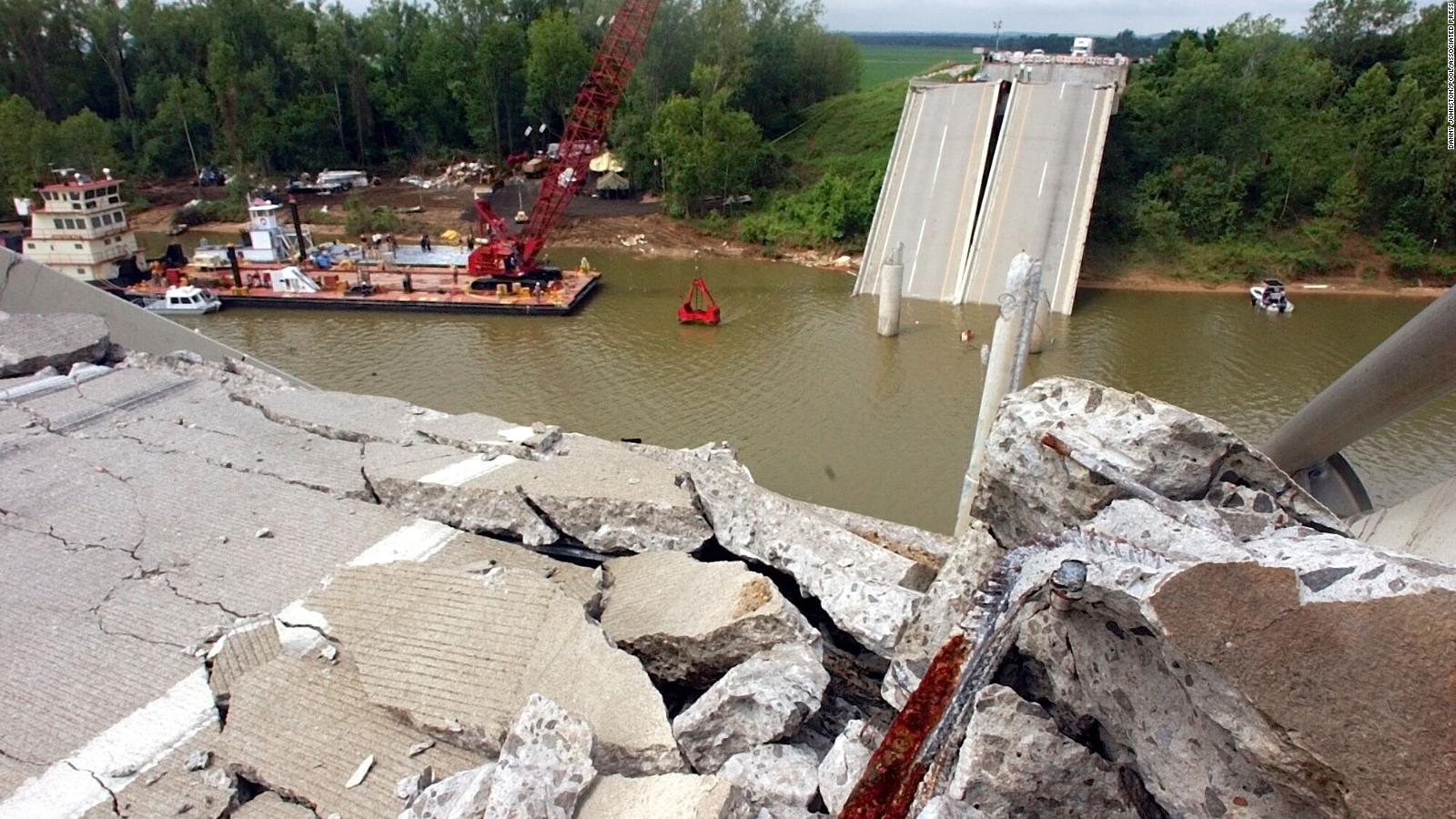Healthcare providers have a pivotal role in minimizing their patients’ unnecessary radiation exposure. Given the rising prevalence of medical imaging and associated radiation exposure, the imperative to decrease radiation from various sources, including radon, becomes even more significant. Radon stands as a prominent environmental contributor to cancer mortality in the United States. Therefore, it is crucial to inform patients about the health risks associated with prolonged radon exposure and educate them on straightforward measures they can adopt to mitigate this risk.
What Is Radon?
Radon is a naturally occurring radioactive gas that has been identified as the second leading cause of lung cancer.
Radon-222, with a radioactive half-life of 3.8 days, is the main radon isotope of health concern. It is released during the decay of uranium-238 and subsequently, radium-226, which are found in varying amounts in rock, soil, and groundwater. Odorless, invisible and without taste, radon cannot be detected by the human senses. Radon is naturally occurring outdoors, but often is substantially concentrated indoors because homes are not normally built to be radon-resistant. The potential for radon exposure varies by geographic area; however, even buildings constructed in areas considered to have low radon potential can exhibit greatly elevated radon concentrations.
How Does Radon Enter the Home?
Outdoors, radon presents a significantly lower risk as it becomes diluted to low concentrations in the air. However, indoors, the threat from radon increases, with the potential for it to accumulate to high concentrations. The indoor concentration of radon is primarily influenced by the construction of the building and the amount of radon in the underlying soil. The composition of the soil surrounding a house plays a crucial role in determining radon levels and its migration towards the building. Normal pressure variations often create a slight vacuum in homes, drawing radon gas from the soil through various entry points like cracks in floors and walls, floor drains, sump pits, construction joints, and around pipe penetrations. While radon concentrations are typically highest in basements and ground floor rooms, they can also be elevated in main and upper floor rooms. Additionally, radon released by well water during household activities, such as showering, can contribute to indoor radon levels, though the risk from this source is generally considered smaller compared to radon entering from the soil.
Reference
Field, R. W., and B. L. Withers. 2012. “Occupational and Environmental Causes of Lung Cancer.” Clinics in Chest Medicine 33 (4): 681–703.
EPA (U.S. Environmental Protection Agency). 1993. EPA’s Map of Radon Zones, National Summary. EPA 402-R-93-071. Washington, D.C.: EPA.





